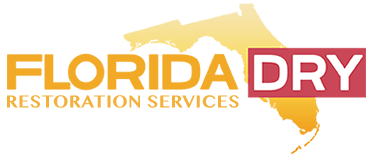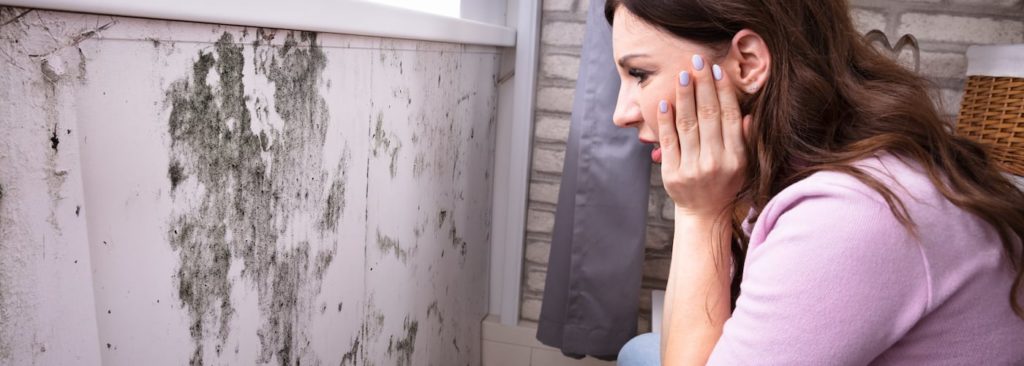Mold is a sneaky substance. It thrives in moist, dark places and can be a major problem for humans. Once excess moisture has settled into any kind of porous material, like drywall, for instance, it can become an unsuspecting problem for everyone. Mold is made up of spores that can spread throughout the entire home. The dangers of mold in your home are more serious than you think and this is why:
Dangers of Mold
Mold is classified as a fungus because it grows and responds the same as other fungi within its kingdom. Mold develops, eats, and spreads its spores the same way as other molds, mushrooms, and bacteria do. A home, especially one that resides in a warm, topical, or moist region, provides the perfect opportunity for its growth. Dangers of living with mold in your home range from respiratory issues that include coughing, wheezing and throat problems, to asthma, allergies, and even pneumonitis which is an immune-mediated condition.
Air Travel
Mold can, and will, thrive anywhere there is a decent amount of moisture and porous materials. This could be a leaking roof, around pipes, in wet or damp areas of basements, behind walls, under cabinets, or in the laundry room.
Once the mold has had a chance to grow and develop, it can easily become airborne, finding other spaces to fester. This is when negative health problems can start to occur. Mold can be the cause of health issues which include allergies, sudden itching, sneezing, and watery eyes, rashes, a feeling of irritability, or difficulty breathing or sleeping.
Where and How do They Grow
Mold prefers to grow in undisturbed areas. Because of this, it will release its spores when it feels the slightest movement. These can include vibrations in walls and floors when people are moving throughout the house. When the spores are released into the air, they can then enter the air vents, such as the air ducts and air conditioning system. If the spores are inhaled, this is when the symptoms of coughing, wheezing, and sneezing will start to take effect.
If you notice signs of mold, be sure to look in all places to find where it could potentially be hiding. You can also call a professional service like Florida Dry to inspect, analyze, and prevent it from occurring in the future. Our specialists have years of experience and ongoing training to ensure the health and safety of our clients and your home.

